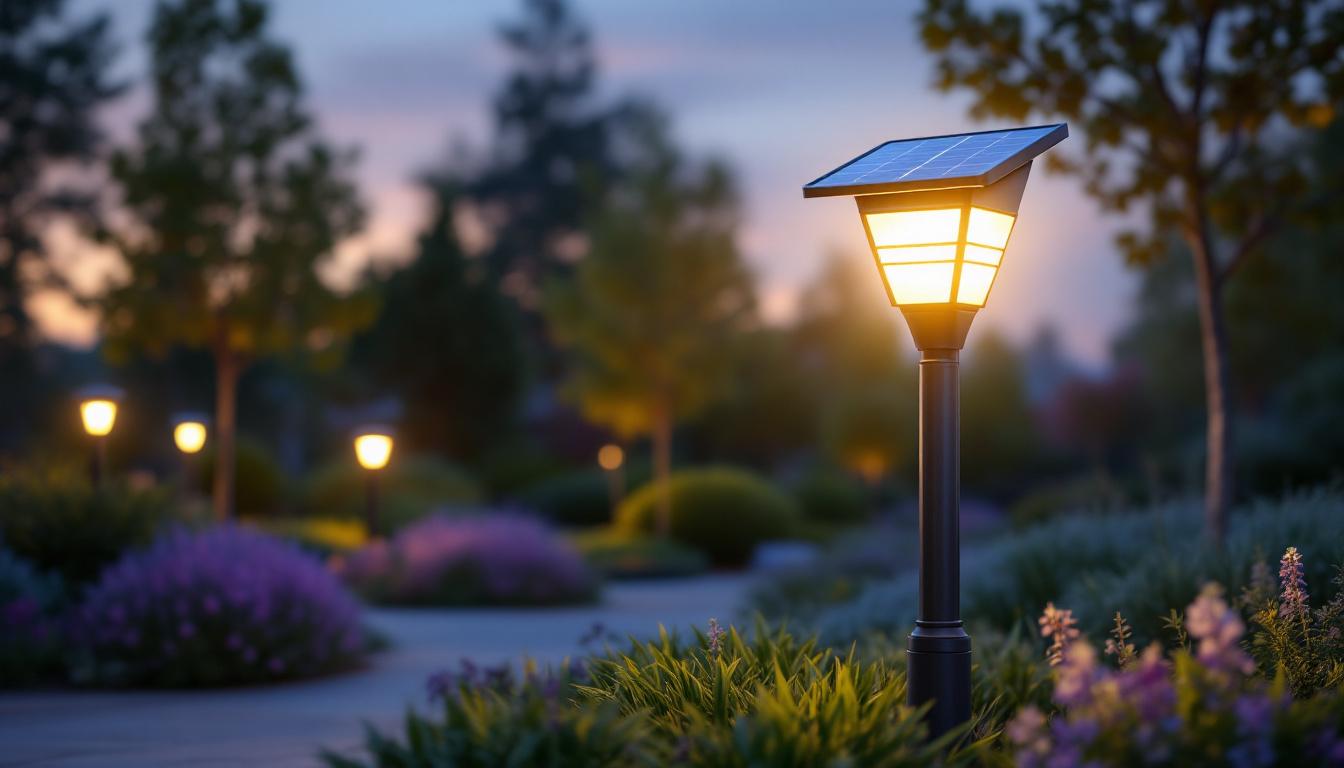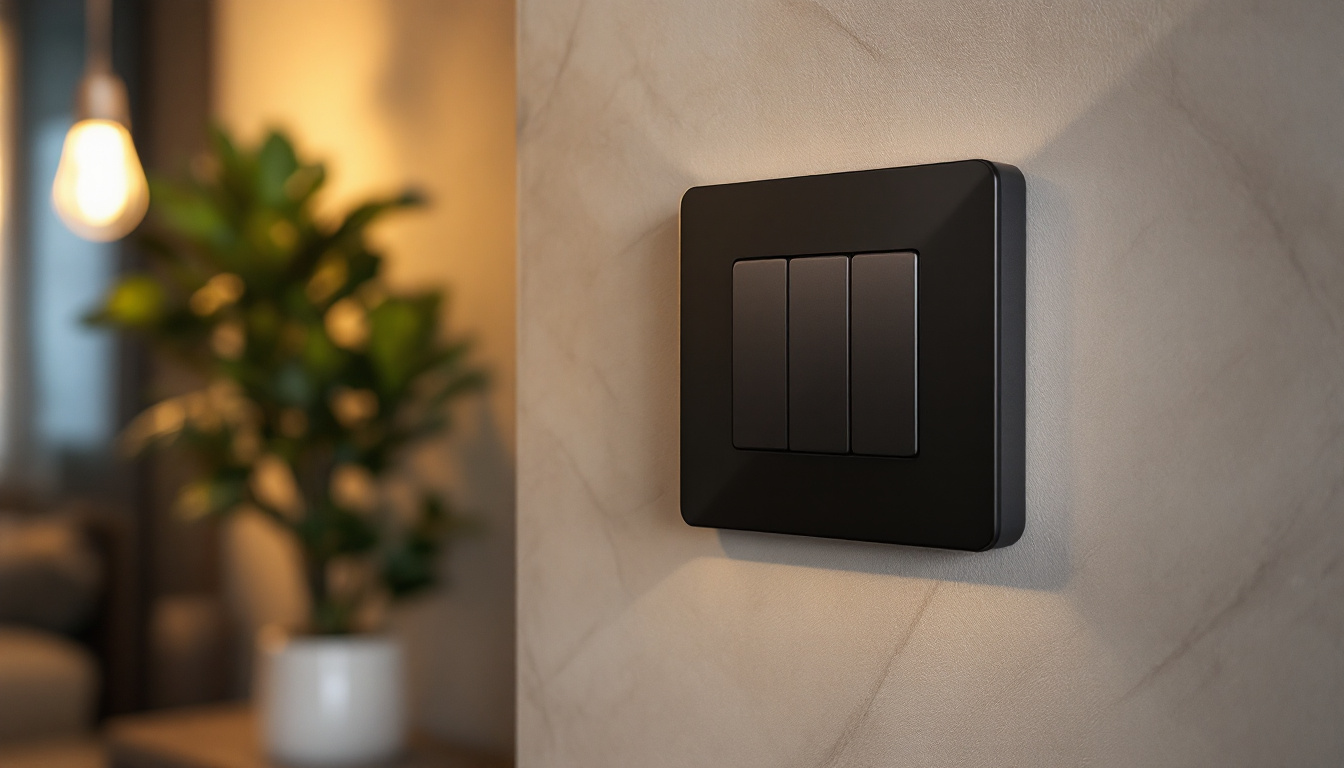
As the demand for modern and energy-efficient lighting solutions continues to grow, recessed lighting has become a popular choice for both residential and commercial spaces. However, replacing recessed lighting fixtures can be a complex task that requires a keen understanding of various factors, including design, installation, and energy efficiency. This article aims to provide valuable insights and practical tips for lighting contractors looking to master the art of recessed lighting replacement.
Recessed lighting, also known as can lighting or pot lighting, is a type of light fixture that is installed into a hollow opening in the ceiling. This design allows the light to shine downwards, creating a clean and streamlined appearance. Recessed lights are versatile and can be used for general lighting, task lighting, or accent lighting, making them suitable for various applications. Their unobtrusive design not only enhances the aesthetic appeal of a space but also allows for creative lighting solutions that can highlight architectural features or artwork.
Before diving into replacement techniques, it is essential to understand the components of recessed lighting fixtures. These typically include the housing, trim, and bulb. Each of these components plays a crucial role in the overall performance and aesthetic of the lighting system. The housing is the part that holds the bulb and is installed within the ceiling, while the trim is the visible part that can come in various styles and finishes, allowing for customization. Additionally, the type of bulb used can significantly affect the quality of light produced, with options ranging from warm to cool tones, depending on the desired ambiance.
There are several types of recessed lighting fixtures available, each designed for specific applications. Some common types include:
Recessed lighting offers numerous advantages, making it an attractive option for both contractors and clients. Some of the key benefits include:
In addition to these benefits, recessed lighting can also contribute to improved mood and productivity in a space. By strategically placing recessed lights, you can create layers of light that enhance the functionality of different areas. For instance, in a kitchen, recessed lighting can illuminate work surfaces while pendant lights can add a decorative touch over an island. Furthermore, the ability to dim recessed lights allows for flexibility in adjusting the ambiance, making it easy to transition from bright task lighting during meal prep to a softer glow for entertaining guests.
Another significant advantage of recessed lighting is its ability to integrate with smart home technology. Many modern recessed lighting fixtures can be controlled via smartphone apps or voice-activated devices, allowing homeowners to customize their lighting experience effortlessly. This integration not only enhances convenience but also promotes energy savings by enabling users to turn off lights remotely or set schedules for when lights should be on or off. As technology continues to evolve, the possibilities for recessed lighting will only expand, making it an enduring choice for both contemporary and traditional homes.
Before proceeding with any replacement project, it is crucial for lighting contractors to conduct thorough preparation. This involves assessing the existing installation, understanding client preferences, and ensuring compliance with local building codes.
Begin by evaluating the current recessed lighting setup. Identify the type of fixtures installed, their condition, and any issues that may need addressing. This assessment will guide the choice of replacement fixtures and help determine whether any additional modifications are necessary.
Consider factors such as the wattage of the existing bulbs, the type of trim used, and the overall layout of the lighting. Understanding these elements will aid in selecting compatible replacement options that meet both aesthetic and functional requirements.
Engaging with clients is a vital step in the replacement process. Discuss their lighting needs, preferences, and any specific goals they may have for the new fixtures. This conversation can help clarify the desired ambiance, brightness levels, and any additional features, such as dimming capabilities.
It is also essential to educate clients about the benefits of modern lighting technologies, such as LED options, which offer energy savings and longer lifespans. Providing clients with a range of choices will empower them to make informed decisions that align with their vision.
Once the assessment and consultation phases are complete, the next step is to select the appropriate replacement fixtures. This decision will significantly impact the overall success of the project.
The size of the recessed lighting fixtures should match the existing openings in the ceiling. Common sizes include 4-inch, 5-inch, and 6-inch diameters. If the existing fixtures are outdated, consider upgrading to a larger size for improved light distribution.
In addition to size, contractors should consider the type of fixture. Options include adjustable, fixed, and wall-wash fixtures, each serving different purposes. Adjustable fixtures can be directed to highlight artwork or architectural features, while wall-wash fixtures create a soft glow along walls.
The trim of a recessed fixture plays a crucial role in its overall appearance and functionality. Trims come in various styles, including baffle, reflector, and adjustable trims. Baffle trims help reduce glare, while reflector trims enhance brightness. Choose a trim that complements the overall design of the space and meets the client’s preferences.
Installing new recessed lighting fixtures requires careful attention to detail and adherence to safety protocols. The following steps outline a general installation process that lighting contractors can follow.
Before beginning the installation, ensure that all safety precautions are in place. Turn off the power to the existing fixtures at the circuit breaker to avoid electrical hazards. Use a voltage tester to confirm that the power is off before proceeding.
Additionally, wear appropriate personal protective equipment (PPE), such as safety glasses and gloves, to safeguard against potential injuries during the installation process.
Carefully remove the existing recessed lighting fixtures by unscrewing the trim and disconnecting the wiring. Take note of how the wiring is connected, as this will assist in the installation of the new fixtures. If the existing housing is damaged or outdated, it may be necessary to replace it as well.
Begin by connecting the wiring of the new recessed fixtures to the existing electrical supply. Follow the manufacturer’s instructions to ensure proper connections. Once the wiring is secure, insert the new fixtures into the ceiling openings.
Secure the fixtures according to the manufacturer’s guidelines, ensuring they are flush with the ceiling surface. Finally, replace the trim and install the appropriate bulbs, taking care to choose the correct wattage and type for optimal performance.
After the installation is complete, there are several important considerations to address to ensure the success of the recessed lighting replacement project.
Once the new fixtures are installed, restore power at the circuit breaker and test the lights. Check for any flickering or issues with brightness levels. If necessary, make adjustments to the positioning of adjustable fixtures to achieve the desired lighting effects.
Encourage clients to provide feedback on the lighting quality and overall satisfaction. This step is crucial for ensuring that the new fixtures meet their expectations and requirements.
Educating clients about the operation and maintenance of their new recessed lighting fixtures is essential for long-term satisfaction. Provide them with information on bulb replacement, cleaning procedures, and any specific care instructions for the fixtures.
Additionally, discuss the benefits of using dimmer switches with LED fixtures, as this can enhance the versatility of the lighting and create different moods in the space.
While replacing recessed lighting fixtures can be a rewarding task, it is not without its challenges. Being aware of potential issues can help contractors navigate the process more effectively.
One common challenge encountered during recessed lighting replacement is dealing with electrical issues. This may include outdated wiring, insufficient power supply, or improper connections. Contractors should be prepared to troubleshoot these problems and make necessary adjustments to ensure a safe and functional installation.
The structure of the ceiling can also present challenges, especially in older buildings. Contractors may encounter obstacles such as joists, ductwork, or insulation that can complicate the installation process. Careful planning and assessment are necessary to navigate these issues and ensure a successful replacement.
Recessed lighting replacement is a valuable skill for lighting contractors, offering opportunities to enhance the aesthetic and functionality of various spaces. By understanding the intricacies of recessed lighting, preparing thoroughly, and following best practices during installation, contractors can deliver exceptional results that meet client expectations.
As the lighting industry continues to evolve, staying informed about the latest trends and technologies will further empower contractors to provide innovative solutions. Mastering the art of recessed lighting replacement not only enhances professional expertise but also contributes to the overall satisfaction of clients seeking modern and efficient lighting solutions.
Ready to take your recessed lighting projects to the next level? LumenWholesale is here to support you every step of the way. With our extensive selection of spec-grade lighting products, you can ensure every installation shines with quality and durability. Say goodbye to inflated markups and hello to unbeatable wholesale prices, plus the convenience of free shipping on bulk orders. Elevate your lighting game and give your clients the efficiency and aesthetic they deserve. Discover the best value in lighting—visit Wholesale Lighting at the Best Value today and make your next project a glowing success.

Discover effective strategies to educate your team on the installation and maintenance of semi flush mount light fixtures.

Explore the fascinating journey of tanning booth bulbs and their transformative impact on the lighting industry.

Discover the science behind solar powered bollard lights and their benefits for lighting contractors.

Discover the secrets of the three light switch system and how it can revolutionize your home’s energy efficiency.